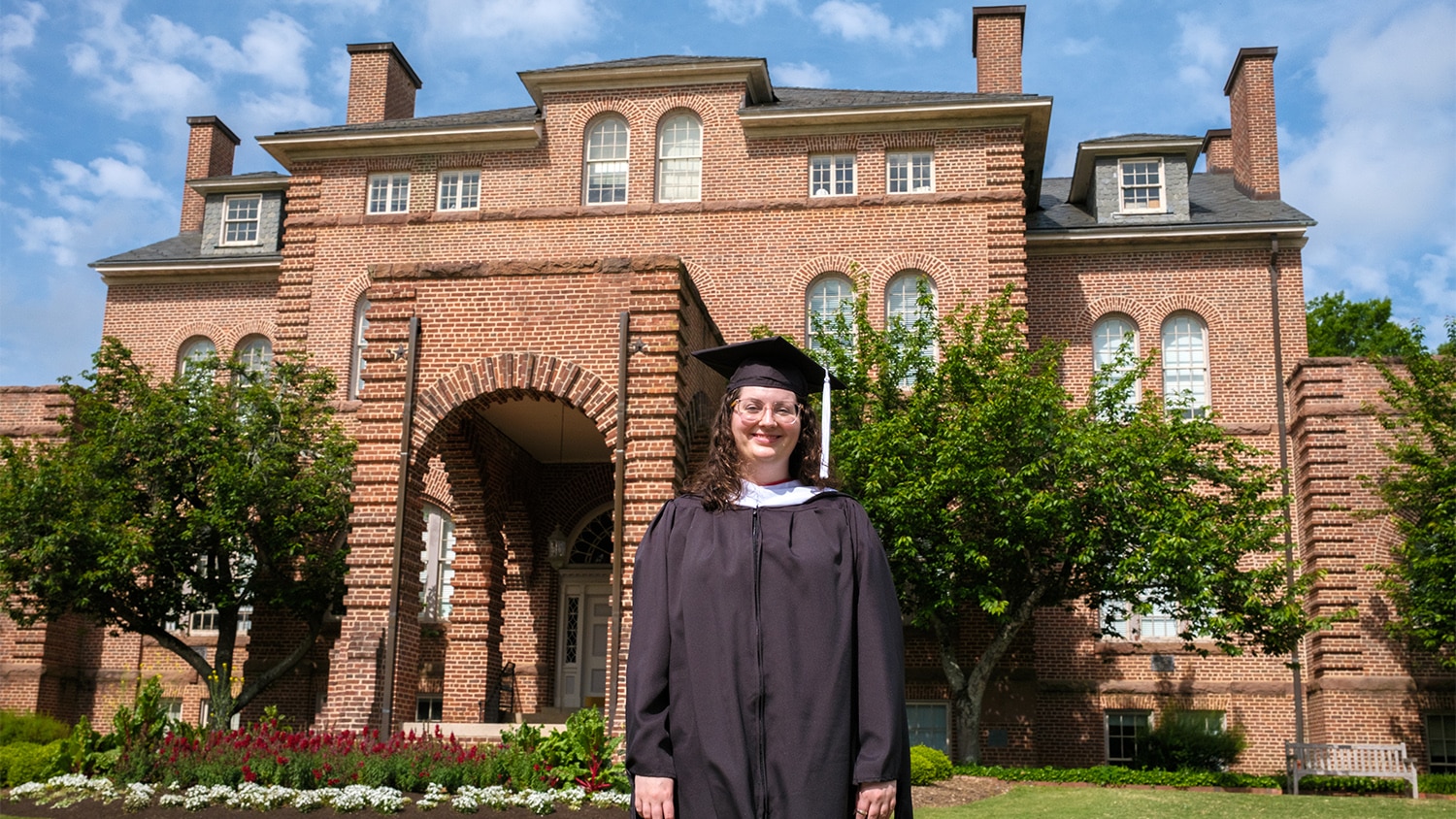Medicine Woman
Dr. Mary Ann Lila’s pursuit of the healing power in plants starts at breakfast each morning, where at least half a cup of blueberries is on the menu.
Blueberries are packed with phytochemicals – substances that can protect and enhance human health. In fact, Lila’s research has found that concentrated amounts of anthocyanins from blueberries beat a popular diabetes drug in controlling blood sugar levels in mice.
Lila has had a hand in identifying 17 plant extracts that have been licensed to pharmaceutical companies since she helped found the Global Institute for BioExploration (GIBEX) in 2003.
“We work a lot with traditional healers or the scientists at the university who have a foot in both camps: They are modern scientists; they use advanced technologies such as high performance liquid chromatography, but they still practice some traditional medicine. It’s what they grew up with,” Lila explains.
“So what we are really doing is putting some substance behind what your grandmother always told you.”

Plant Quest
Lila’s work has taken her far afield from the research campus in Kannapolis, where she directs NC State’s Plants for Human Health Institute. She’s visited Bhutan’s rugged Himalayas, Ecuador’s cloud forest and Alaska’s frozen tundra in her quest for plants.
Her research focuses on secondary compounds – phytochemicals that plants create to protect and defend themselves. Wild plants generally have higher concentrations of these chemicals.
Ultimately, she hopes to find new superfoods that could be cultivated as crops. And she hopes to spread the word about how phytochemicals can help people improve their own health – one bowl of blueberries at a time.
edicine Woman
Dr. Mary Ann Lila’s pursuit of the healing power in plants starts at breakfast each morning, where at least half a cup of blueberries is on the menu.
Blueberries are packed with phytochemicals – substances that can protect and enhance human health. In fact, Lila’s research found that that concentrated amounts of anthocyanins from blueberries beat a popular diabetes drug in controlling blood sugar levels in mice.
Lila has had a hand in identifying 17 plant extracts that have been licensed to pharmaceutical companies since starting the Global Institute for BioExploration (GIBEX) in 2003. The team includes scientists, students and traditional healers.
“We work a lot with traditional healers or the scientists at the university who have a foot in both camps: They are modern scientists; they use advanced technologies such as high performance liquid chromatography, but they still practice some traditional medicine. It’s what they grew up with,” Lila explains.
“So what we are really doing is putting some substance behind what your grandmother always told you.”
Plant Quest
Lila’s work has taken her far afield from the research campus in Kannapolis, where she directs NC State’s Plants for Human Health Institute. She’s visited Bhutan’s rugged Himalayas, Ecuador’s cloud forest and Alaska’s frozen tundra in her quest for plants.
Her work involves secondary compounds – phytochemicals that plants create to protect and defend themselves. Wild plants generally have higher concentrations of these chemicals.
Back in the lab, she works to understand the precise health benefits of particular phytochemicals and shed light on the previously hidden ways that the chemicals build people’s muscles, boost immunity, inhibit cancer, reduce inflammation and more.
Ultimately, she hopes to find superfoods that could be raised as crops. And she hopes to spread the word about how phytochemicals can help people improve their own health – one bowl of blueberries at a time.
- Categories:


